German farmer Heusmann worried about milk prices
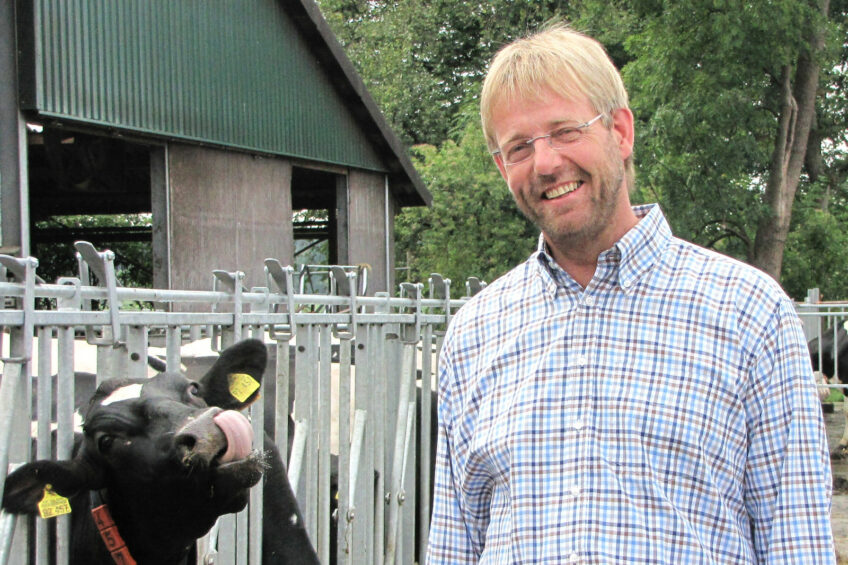
Jan Heusmann, a dairy farmer in the far north of Germany, is getting excellent results with his herd of 430 cows but like a lot of dairy farmers in Europe the low milk prices are worrying him.
With European Union milk quotas now sealed to history Germany is leading the way as one of the largest dairy producing countries among the EU 28 Member States. Germany is home to the highest number of cows in Europe accounting for 18.2% of the total EU dairy cow population at around 4.3 million cows.
Jan’s farm, Hof Junkernhose GbR, is situation in the very north of Germany near Bremerhaven. It is very close to the North Sea and not so far from the German border with Denmark.
Simple feeding system
Jan is achieving super results with his herd of Holsteins and has averaged 10,400 kg of milk per cow in the last recorded milk year. He farms in a partnership with his brother who is also a veterinary surgeon. Jan said: “I am 52 years old. In 1991 I started to milk cows out on my own but since 2001 I have a business partnership with my brother, who is 45 years old and works as a veterinarian.

“Today we milk around 430 cows and last year (July 2014 to June 2015) we delivered to the dairy 10,400 kg milk per cow with 4.02% fat and 3.21% protein.” The Heusmann partnership runs a simple feeding system for the cows. They employ 5 workers as well as obtaining help from 2 students on an annual basis.
“We feed 2 rations to the lactating cows and 2 rations to the dry cows,” said Jan. “About 80% of the lactating cows are on the high ration for about 40 kg of milk.
The cows are in a free stall barn all the year round and we feed in a bunk, using a mixing wagon with three horizontal mixing screws.”
Double 8 herringbone parlour
There are no robots used on this farm but the team milk 3 times per day to achieve a higher yield from the cows. “We don’t use robotic milking. We milk 3 times a day in a double 8 herringbone parlour,” Jan said. “The parlour is run with an average 3.5 employees on a rotational basis.
“There are 2 staff employed to feed the cows, the calves and work the biogas plant. And a further 2 young students are employed on our farm to learn agriculture. These young people change every year in August.
“We have 3 free stall barns with automatic scrapers built back in 1991, 2003 and 2009. We use straw for bedding which gives the cows a good bed of around 20 cm thick and is very comfortable.”

However, like most other European dairy farmers Jan is not too happy about the prices of milk achieved this last year. And with further falls in prices predicted for this year things are set to get worse in the coming months. Jan said: “In December we received €0.27 per kg for milk which was 4% fat and 3.4% protein.
“The January price is going to be €0.26 per kg. We get €0.8 as a bonus per kg because we send a full truck load to the dairy every 2 days.
“We are not happy with this price. It was like this the whole year of 2015 and it doesn’t look like it will be better in 2016. About 80% of the farmers in our region have to get extra money from their bank, to handle the situation.”
10% increase in production
All throughout Europe in 2015 dairy farmers took to the streets in protest against the falling milk prices. Jan also participated in some action.

“I am a processor myself because we are a member of a dairy co-op,” said Jan. “We campaigned some, because we have only a few very powerful grocery chains, which are very tough to deal with. They are in the focus of our criticism.” When it comes to his herd Jan does not participate in showing cattle but focuses on the more commercial side of milk production. He added: “We have a producing herd and focus mainly on production. We use Holstein Bulls from Masterrind which is another co-op that we are members of and they give us advice on which breeds we should use. “We don’t show cattle at fairs or other specialist events, but we do sell about 80 fresh calved heifers a year directly from our farm.” With the quota system gone Jan has increased production by about 10% but that, he says, is down to herd averages going up. “Our herd production has increased by about 10% only because of a higher herd average. In the next 3 or 4 years we want to build an additional barn for 400 cows and a new milking parlour, because ours is about 20 years old.”
Join 13,000+ subscribers
Subscribe to our newsletter to stay updated about all the need-to-know content in the dairy sector, two times a week.
 Beheer
Beheer

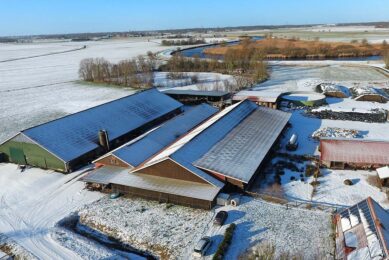
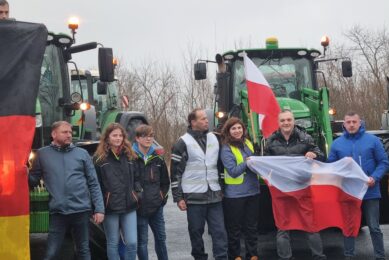
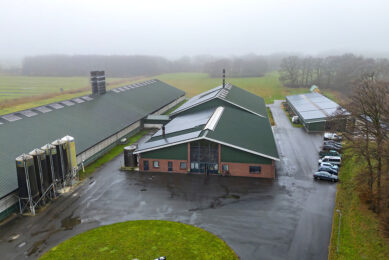
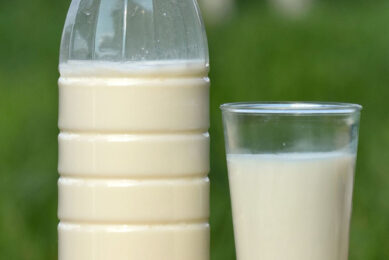
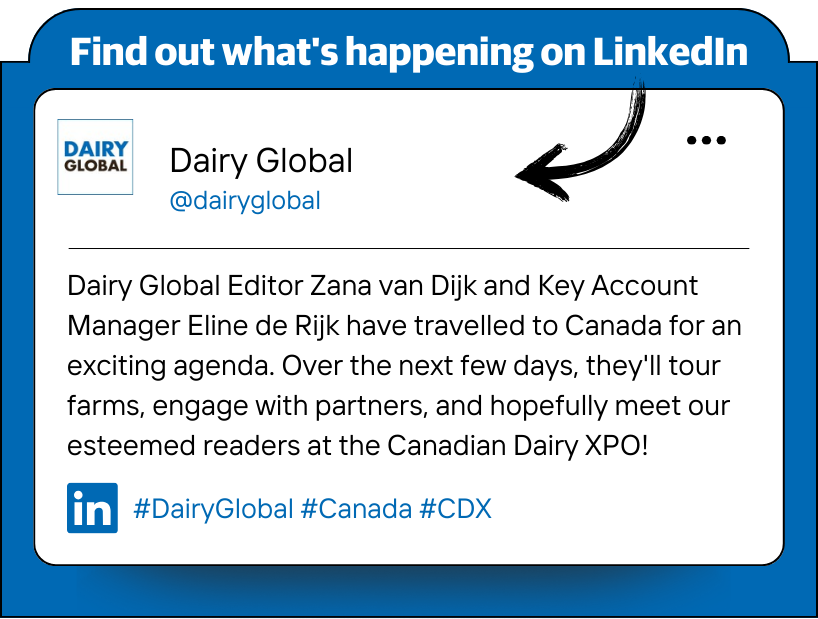



 WP Admin
WP Admin  Bewerk bericht
Bewerk bericht